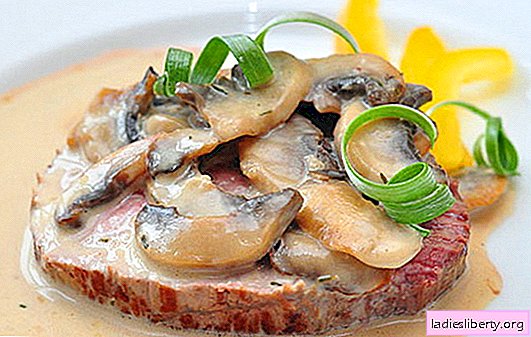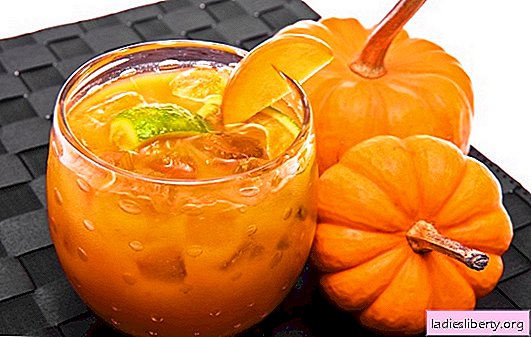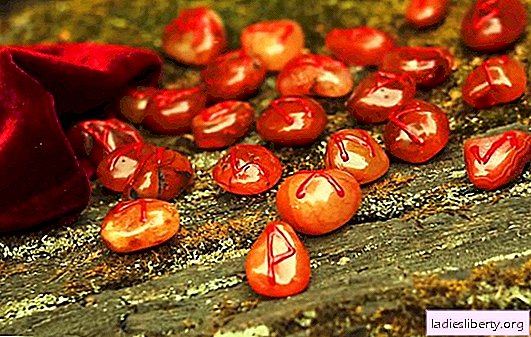
Acute tonsillitis (synonym: tonsillitis) is a painful inflammation of the tonsils, which can be caused by both bacterial and non-infectious causes. The tonsils, which are partially visible at the opening of the mouth, form the so-called lymphatic pharyngeal ring. It consists of lymphatic tissue and contains many white blood cells (white blood cells), which play the role of a protective barrier against microbes.
Acute tonsillitis can be transmitted by airborne droplets. Typical symptoms of tonsillitis are severe sore throat, difficulty swallowing, high body temperature, and fatigue. In the case of a bacterial infection, whitish-yellow mucus appears on the tonsils.
Causes of acute tonsillitis
The main reason is invasion by streptococci; more specifically, beta-hemolytic group A streptococci. Less commonly, pneumococci or a hemophilic bacillus may be the cause. In children, the most common cause is a viral infection. One form of the virus-induced tonsillitis is Pfeiffer's glandular fever.
Chronic tonsillitis occurs due to repeated (recurring) infections in the throat. Crypts are formed in the deep layers of the tonsils, which contain waste cells and dead bacteria. If the crypts no longer resolve, the germs multiply and an infection develops. Typically, chronic tonsillitis is caused by a mixed infection of aerobic (oxygen) and anaerobic (oxygen-free) pathogens in combination with group A beta-hemolytic streptococci.
Folk remedies for angina help to slightly eliminate symptoms, but, contrary to common misconceptions, they do not affect the patient’s recovery rate. Some of the popular methods can cause irreparable harm to health.
Folk remedies for angina: food
1. 400 ml of vinegar mixed with freshly squeezed beet juice.
Doctor's comment:acetic acid is absorbed through the digestive tract, bronchopulmonary system and skin. The final metabolites are water and carbon dioxide; acetic acid is exhaled in a pure form through the lungs. Concentrated acetic acid strongly irritates the skin and mucous membranes. Prolonged physical contact with acid causes damage to the eyes and irritation of the mucous membranes: blisters can appear only a few hours after exposure.
Inhalation of concentrated vapors may cause irritation to the eyes, nasal mucosa and oral cavity, and throat irritation. The lethal dose is from 20 to 50 g of acetic acid, in children the value is from 5 to 10 grams.
Prolonged contact with acetic acid degreases the skin and often leads to eczema. Direct contact of acetic acid with the eyes can lead to complete blindness. Folk remedies for tonsillitis with a large dose of acetic acid are life-threatening.
2. Gargle with mint tea.
Doctor's comment: the composition of the ingredients of the mint leaves varies and depends on the geographical location. The components that determine the effectiveness of a plant are essential oils, menthol, menthol and mentofuran. According to cohort studies, they have antispasmodic, antiemetic, and analgesic effects. Mint also contains tannins and flavonoids. Together with essential oils, they can accelerate the secretion of bile juice.
However, menthol oil can aggravate existing cholecystitis and gallstone disease. The use of essential oil by children often leads to severe allergic reactions: angioedema and severe urticaria. The recipe is dangerous in high doses and useless in small ones.
3. 40 g of currants mixed with 200 ml of boiled water and leave to infuse for 20 minutes. Drink 2-3 times a day.
Doctor's comment: Currant has astringent, digestive and diuretic effects. Some of them are due to the high content of vitamin C, organic acids and dietary fiber in the berries. Currants contain quite a lot of vitamin B1 and C, iron, phosphorus, potassium, dietary fiber, copper and manganese.
A 2012 Canadian study did not reveal the virostatic or bactericidal effect of currants. The effectiveness of currants is comparable to placebo. Patients with hypovitaminosis C will not hurt, but will not help get rid of tonsillitis.
4. Garlic and honey.
Doctor's comment: The main active ingredient in garlic is alliin, which is destroyed by alliinzoido allicin. Garlic increases the secretion of gastric juice, has choleretic and antispasmodic effects. The plant has antibacterial, antifungal and anthelmintic properties. The most sensitive to garlic oil are strains of anaerobic bacteria of the genus Bacteroides, Prevotella, Fusobacterium and Actinomyces.
The essential oil contained in garlic is effective in low concentrations against the anaerobic bacteria involved in infections of the oral cavity and upper respiratory tract. Antifungal activity is explained by the ability to inhibit lipid synthesis in mycelium.
The virocidia and virostatic effects of garlic have been disproved in several large randomized trials. Allicin has an antibacterial effect, but at very high doses, which are unattainable at home. The recipe is useless against viral and bacterial, but can help with fungal infections (rare among the population).
Folk remedies for angina: herbal remedies
1. Use tea from raspberry branches 4-5 times a day with a slice of lemon.
Doctor's comment: Raspberry branches contain tannins (gallotannins and ellagitannins), flavonoids, vitamin C, organic acids, glycosides and natural flavors. Raspberry-based preparations are used due to the high content of tannin for mild diarrheal diseases and inflammation in the mouth and throat. Fermented raspberry leaves resemble the taste of black tea, so they are often included in homemade tea blends.
The effect of the plant varies from anti-inflammatory, anticoagulant, astringent to soothing, antipyretic and diuretic. Raspberry branches are used to treat rheumatism, throat infection and digestive problems.
Antibacterial, fungicidal and virostatic effects were not detected in any clinical study. Raspberry branches are useless in acute inflammatory diseases of the tonsils.
2. Gargling with aloe vera extract.
Doctor's commentAloe vera contains moisturizers and also has a calming, slightly antibacterial and anti-inflammatory effect. Due to the antibacterial and wound healing effect, aloe is used for atopic dermatitis and tonsillitis. Weak antibacterial and wound healing properties make the gel a good remedy for acne.
The antimicrobial effect is so insignificant, as Spanish studies have shown, that the use will not bring any benefit for angina. However, excessive consumption of the plant can bring significant harm. Aloin - the active substance of aloe vera - triples the risk of developing cancer of the gastrointestinal tract. The recipe is dangerous in large doses.
3. Linden tea 3-4 times a day.
Doctor's comment: Tea preparations from the drug are used to treat colds and related coughs. The linden does not contain a specific substance that has an antitussive or antiviral effect.
The effect of increased sweating is explained by the use of a large amount of hot water, and not by the active substances of linden.
Folk remedies for angina: dangerous methods
1. 10-20 ml of kerosene drip on the inflamed glands and leave for 5 minutes. Then gargle and repeat the procedure 3 times a day.
Doctor's comment: Kerosene causes headache, irritation of the mucous membranes, euphoria, vomiting and damage to liver cells. Kerosene can be an immediate threat to human life. High doses can kill a person. The recipe is very dangerous.
2. Self-administration of antibiotics.
Doctor's comment: without the appointment of a doctor, it is forbidden to use any antibiotics. The rash and prolonged use of antibacterial agents increases the likelihood of the emergence of antibiotic-resistant strains of bacteria that are difficult to treat.
Folk remedies for angina can be used only after consultation with your doctor. In case of a bacterial infection, it is necessary to undergo a course of antibiotic therapy, while in case of a viral infection, it is recommended to take symptomatic drugs (antipyretic and analgesics). The treatment regimen is determined by the doctor depending on the etiology of the disease and the patient’s health status.











